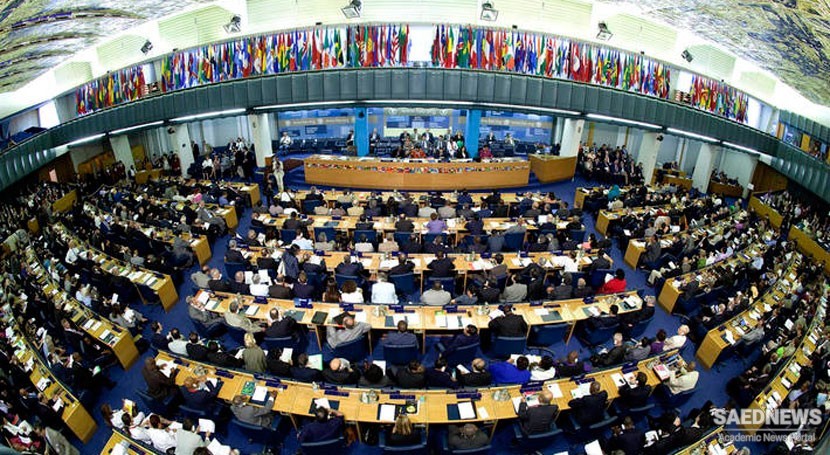At the first session of the FAO Conference, held in Quebec City, Canada from 16 October to 1 November 1945, attended by representatives of 44 countries, FAO’s constitution was approved by which member nations ‘being determined to promote the common welfare’ pledged ‘to work separately and collectively’ for the purposes of FAO, which were defined as
- raising levels of nutrition and standards of living of the peoples under their respective jurisdictions;
- securing improvements in the efficiency of the production and distribution of all food and agricultural products;
- bettering the condition of rural populations; and thus
- contributing toward an expanding world economy [and ensuring humanity’s freedom from hunger] (FAO, 1945).
- The constitution also set out, clearly and explicitly, the functions of FAO:
- The organization was to ‘collect, analyze, interpret and disseminate’ information relating to ‘nutrition, food and agriculture’.
- It was to ‘promote and, where appropriate, recommend national and international action’ concerning:
a) scientific, technological, social, and economic research relating to nutrition, food and agriculture;
(b) the improvement of education and administration, relating to nutrition, food and agriculture, and the spread of public knowledge of nutritional and agricultural science and practice;
(c) the conservation of natural resources and the adoption of improved methods of agricultural production;
(d) the improvement of the processing, marketing and distribution of food and agricultural products;
(e) the adoption of policies for the provision of adequate agricultural credit, national and international and
(f) the adoption of international policies with respect to agricultural commodity arrangements.


 Birth of FAO the International Food Watchdog
Birth of FAO the International Food Watchdog














































